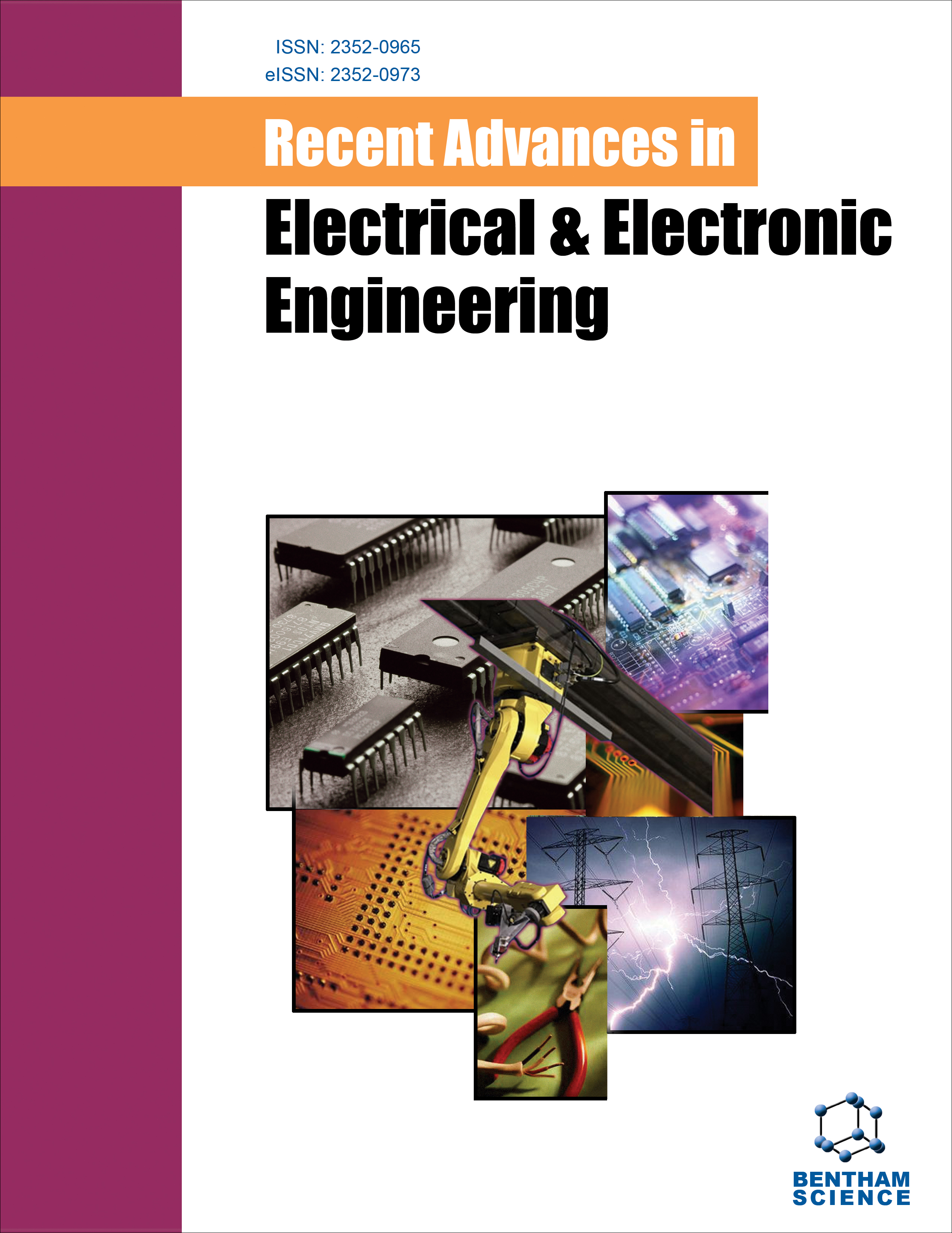
Full text loading...

Safety and efficiency have become critical issues in the quickly changing world of high-speed bus transit. The surge in high-speed bus-related traffic events is attributed to several factors, such as reckless driving, speeding, improper overtaking, vehicle health issues, sleep deprivation, alcohol consumption, and driver distractions. This paper proposes a state-of-the-art Internet of Things (IoT) system particularly intended for tracking and enhancing the security of high-speed buses on roads as a solution to these problems.
Innovative technologies like image processing, clever algorithms for computer and embedded vision (i.e., MobileNet, Canny Edge Detection, FaceMesh Model (Mediapipe), and Raspberry Pi 4 model B 8 GB are all included in the suggested solution. The system is made up of modules for online data visualization interfaces, driver monitoring systems, vehicle health and speed monitoring, and image processing for safety.
Real-time interaction, hardware implementation, model training, and web app integration are among the project's benchmarks.
Deliverables include creating a reliable IoT device, installing sensors for vital metrics, setting up a centralized interface for monitoring in real-time, and creating a clever algorithm that will produce alerts promptly. The project entails extensive testing and validation to guarantee dependability, accuracy, and compliance with safety and privacy requirements by providing valuable information to law enforcement authorities, improving the road safety and effectiveness of high-speed bus operations on highways.